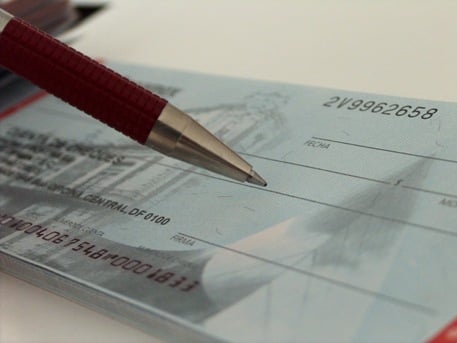Getting uncashed benefit checks to ex-employees a growing problem; death a bigger complication
Former workers can continue to be a nuisance for plan sponsors and record keepers as employers struggle with the remaining retirement accounts of long-gone staff members.
Retirement account balances and uncashed checks, perhaps stemming from excess contributions, are a niggling problem for plan sponsors. While record keepers may send ex-employers a monthly report of the uncashed checks, there are few options readily available for plan sponsors to figure out how to dispense the cash. It's even more difficult when workers have changed their address or name or have died, noted Mark Sweatman, president of Risk Compliance Performance Solutions LLC. He led a panel at the 2011 Spark Forum in West Palm Beach, Fla., today.
At the same time, plan sponsors may feel that the issue is something for record keepers and their adviser to monitor. The issue can become a problem for the record keeper, however, especially if the plan is audited by the Labor Department.
One of the biggest difficulties is determining the best way to treat the cash in accordance with the law. For example, a check from an excess contribution isn't protected by the Employee Retirement Income Security Act of 1974, and regulators want to make sure that these checks aren't getting rolled over into individual retirement accounts, Mr. Sweatman said.
Abandoned retirement plans have been another headache for record keepers. Participants can end up unable to get their money out of the plan if the plan sponsor has decided to drop off the radar, noted Dorothy J. Flynn, chief executive of Risk Compliance Performance Solutions.
Often, the employee will reach out to the record keeper to complain about the situation and then contact the Labor Department, which is all the more reason for record keepers to establish practices for dispensing of workers' assets in these situations. The issue can be especially troublesome if fees are sapping the accounts.
Sometimes record keepers and plan sponsors are unable to get the checks out to departed employees or their next of kin because of inaccuracies in their contact information or their Social Security data. Such discrepancies can render the mail undeliverable. In other cases, the plan sponsor and record keeper may have no idea that the plan participant is dead.
“When plan sponsors have a benefit plan, they want to know right away if an employee has died,” Mr. Sweatman said. “It's going to be [the record keeper's] problem, and not just the plan sponsor's problem, if someone died years ago and the mail is still getting through.”
A study of more than 11 million records for corporations, mutual funds, brokerages and securities holders found that about 100,000 had discrepancies in the workers' Social Security numbers, according to data cited in the presentation. Another 200,000 had address errors.
Some 250,000 of the records belonged to unknown deceased owners, of which 15% were dead for more than a decade and 43% were deceased for more than five years — and in each case, mail was still being sent to their addresses.
These problems typically come to light during an audit by the Labor Department. While an investigation typically starts at the plan sponsor level, the problem can be traced up to the record keeper, said Ms. Flynn.
“Consider your compliance implications when the DOL comes calling," she warned, "and your compliance implications if plan sponsors are in violation."







